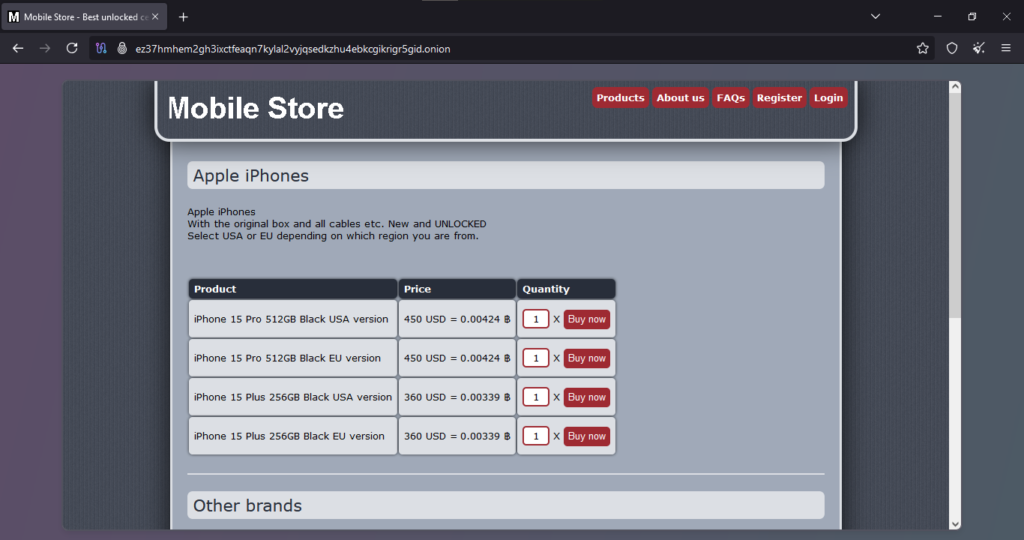Table of Contents
ToggleMobile Store – TOR Scam Report (116)
Onion Link : http://ez37hmhem2gh3ixctfeaqn7kylal2vyjqsedkzhu4ebkcgikrigr5gid.onion
Scam Report Date : 2025-01-05
Client Scam Report Breakdown
Original Scam Report :
The original scam report highlights two primary issues: the non-delivery of a purchased product and the absence of communication channels. The first sentence underscores the disappointment stemming from unfulfilled expectations, as the client did not receive the product they paid for. The second sentence points to a lack of contact options, which amplifies the frustration and suggests negligence or fraudulent intent on the part of the seller. Together, these points paint a picture of a transaction in which the client was left without their purchase and no recourse to seek assistance or resolution.
Segment 2: Defining Key Terminology
- Non-Delivery: In this context, “non-delivery” refers to the failure of the seller to provide the product after payment was made. This is a common tactic in scams, where a seller collects payment without the intention of fulfilling the order.
- Contact the Website: This phrase refers to the client’s attempt to reach out to the vendor for support or to resolve the issue. Legitimate businesses typically provide multiple channels for customer inquiries, such as email, phone, or live chat.
- No Email Address: This term signifies the absence of a basic communication channel. Email addresses are a standard feature of customer service, and their omission is a red flag, often indicating a lack of transparency or an intent to avoid accountability.
- Fraudulent Intent: Although not explicitly stated, the combination of non-delivery and the lack of contact options suggests potential fraudulent behavior, where a seller deliberately sets up barriers to prevent customers from seeking redress.
Segment 3: Analysis and Contextual Insights
This report illustrates a classic example of an e-commerce scam, where the promise of a product—in this case, an iPhone—is used to lure customers into making a payment. The absence of delivery, coupled with the lack of communication options, creates a scenario where the client is left powerless to address their grievance. This approach is typical in fraudulent operations, as scammers often prioritize anonymity and untraceability to avoid repercussions.
The absence of an email address or other contact details is particularly concerning. Reputable businesses understand the importance of customer support and provide accessible means for resolving disputes. The lack of such features not only suggests poor business practices but also raises suspicions of intentional deceit. For consumers, this emphasizes the importance of verifying the credibility of online vendors before making a purchase. Checking for contact details, customer reviews, and secure payment options are crucial steps in avoiding scams.
The psychological impact on the victim is also significant. Losing money in a scam can lead to feelings of helplessness, anger, and mistrust. Moreover, the non-arrival of a highly anticipated product, such as an iPhone, adds an emotional dimension to the financial loss. From a broader perspective, this incident highlights the need for consumer education about recognizing and avoiding fraudulent websites. Platforms hosting sellers should also be held accountable for ensuring that vendors provide clear communication channels and adhere to ethical business practices. By understanding and addressing such scams, we can foster a safer and more transparent online marketplace.







